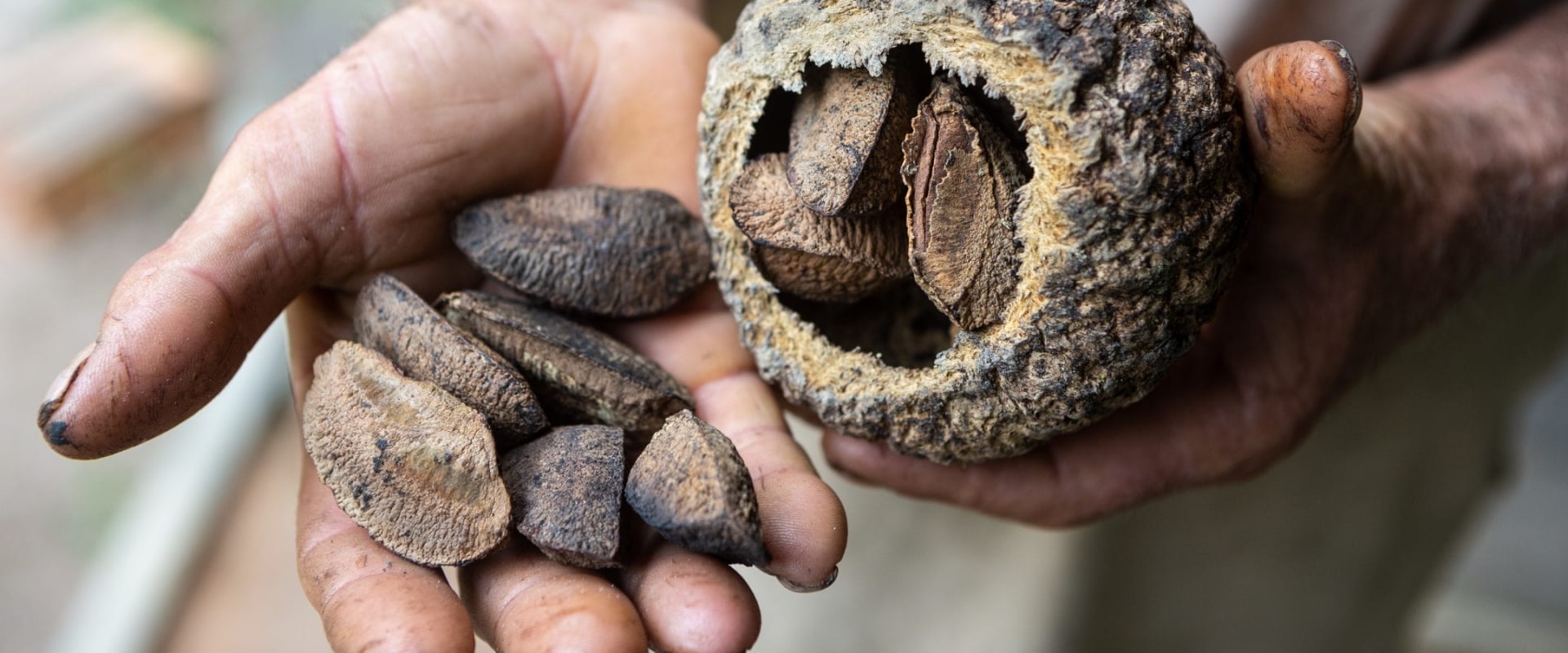Brazil nut supplies have plummeted by more than two-thirds after a “catastrophic harvest in the Amazon rainforest”. The lack of rain in South America last year due to El Niño caused the pods containing the nuts to fall early, meaning fewer seeds had a chance to develop. Eating mixed nuts while watching the Rio Olympics made me think both about Brazil and nuts (naturally). So I decided to investigate the nut that bears the name of the South American country.
It turns out that the Brazil nut is not really a nut, and they are harvested more in Bolivia than in Brazil. In fact, there are a lot of things about Brazil nuts that are, well, a little crazy. News from Bolivia's rainforests: Brazil's walnut harvest this year has declined by 60-70%, mainly due to El Niño. Bolivia produces approximately half of the world's supply and reports that the capsules are empty.
Trees aren't producing this year, which also means that communities that make a living harvesting this nutritious nut are likely to suffer. Bolivian authorities are planning new strategies to counter shortages due to this overwhelming drought, such as cutting vines around Brazil chestnut trees in the native rainforest, which could triple the yield of individual trees. Brazil nuts are nuts that grow from tall tropical trees in the Amazon rainforest. They grow in large shells that look like coconuts.
Inside the shell, you'll find 8-12" in Brazil nut shell. Those individual nuts have shells, which gives us the edible Brazil nut. While some specialty grocery stores sell Brazil nuts, you can't beat the convenience of having them shipped to your door. With some brands and types of Brazil nuts that aren't as fresh, they will be darker and have an unpleasant taste or smell.
There is speculation that the shortage of Brazil nuts may cause the prices of these nutritious nuts to increase considerably in the coming years. Brazil nuts are native to areas around the Amazon in the regions of Brazil, Colombia, Peru, Ecuador and Venezuela. The lack of rain in South America due to El Niño also caused Brazil nut pods to fall ahead of time, causing fewer seeds to germinate and turn into trees. Natives of the region have consumed Brazil nuts since at least the Upper Paleolithic period, about 11,000 years ago.
The Brazil nut comes from the Bertholletia excelsa tree, which is found throughout the Amazon rainforest, an area that spans approximately 2.7 million square miles in South America, stretching northwestern Brazil to Peru, Bolivia, Colombia, Venezuela and Ecuador. There are several reasons why Brazil nuts have become more difficult to find on the market than they were a few years ago. In addition, due to the drop in Brazil nut production in recent years, cutting down a Brazil nut tree has been banned in Brazil.

Leave Message